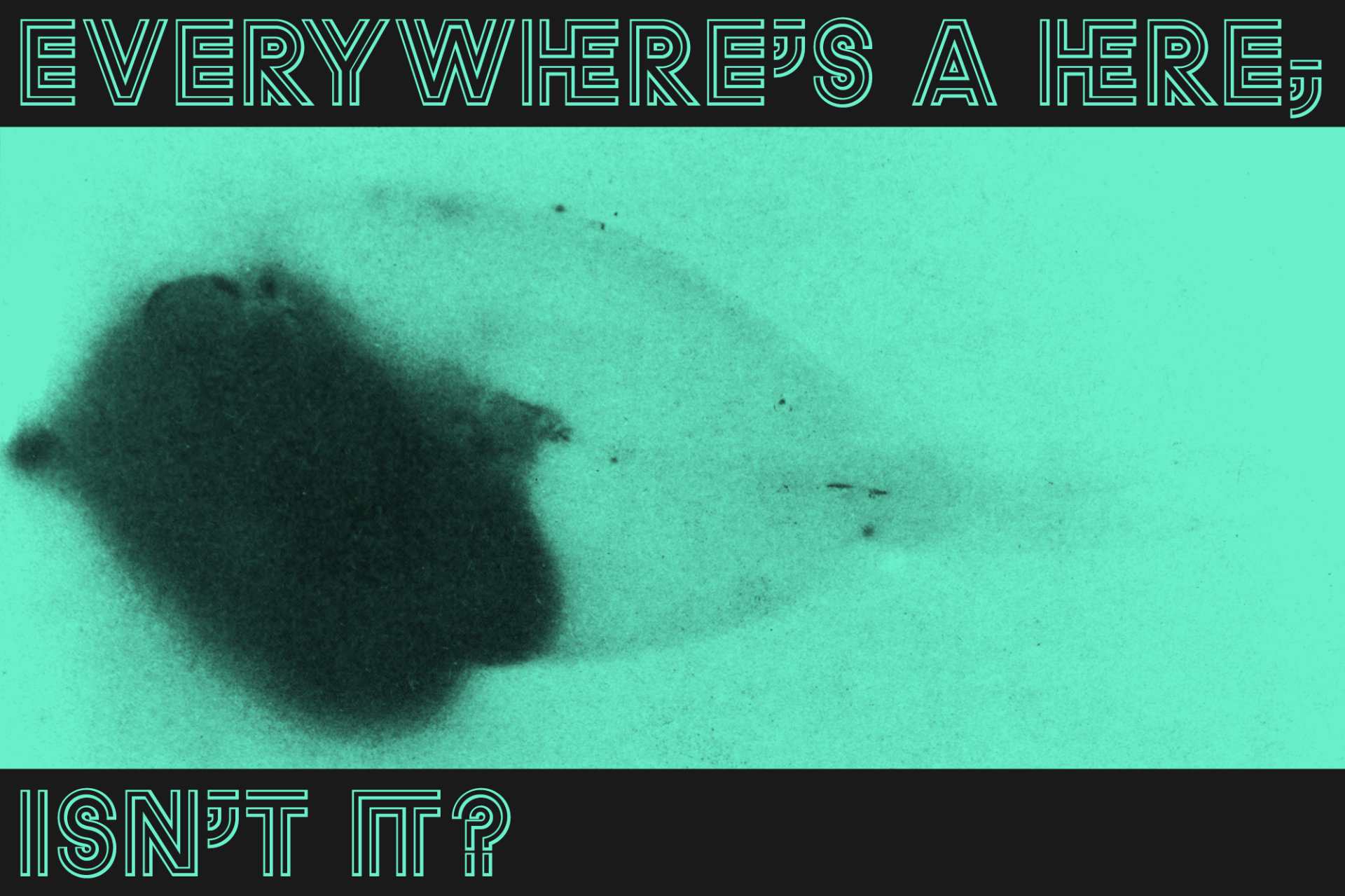The Long Term You Cannot Afford.
ON THE DISTRIBUTION
OF THE TOXIC
Invocations
08.11.2019 11:00–20:00
At SAVVY Contemporary Plantagenstraße 31 13447 Berlin
09.11.2019 11:00–24:00
At silent green Kulturquartier (Kuppelhalle) Gerichtstraße 35 13347 Berlin
With Edna Bonhomme, BPoC Environmental and Climate Justice Collective (Imeh Ituen and Rebecca Abena Kennedy-Asante), Center for Intersectional Justice (Emilia Roig),Yolanda Ariadne Collins, Discard Studies (Alex Zahara and Josh Lepawsky), Angela Flournoy, The Forest Curriculum (Pujita Guha and Abhijan Toto), Hazardous Travels (Ayushi Dhawan, Maximilian Feichtner and Simone Müller), Hyoung-Min Kim and Gabriel Galindez Cruz, Jessika Khazrik, Laboratory for Aesthetics and Ecology (Ida Bencke), Latedjou, Liping Ting, Mother the Verb (Ivan “Ivy” Monteiro), Franziska Pierwoss, Raqs Media Collective (Shuddhabrata Sengupta), Matana Roberts, Hulda Rós Gudnadóttir, Tomás Saraceno and the Aerocene Foundation, Alexis Shotwell, Stephan Thierbach, Françoise Vergès, Wearebornfree! Empowerment Radio (Moro Yapha), XR Extinction Rebellion (Kate Sagovsky), among others
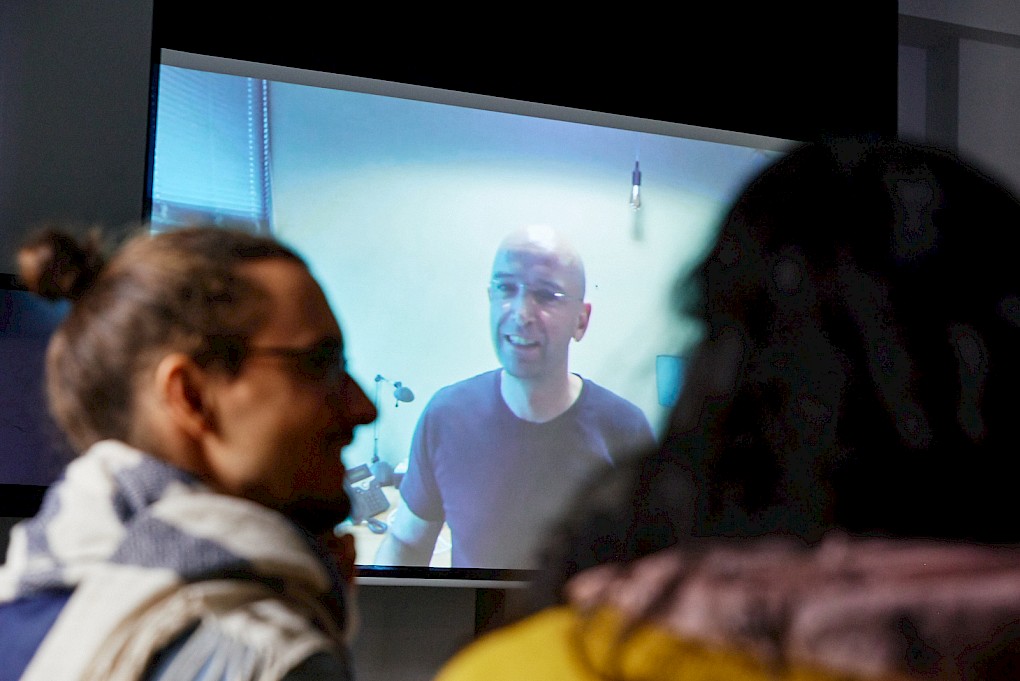
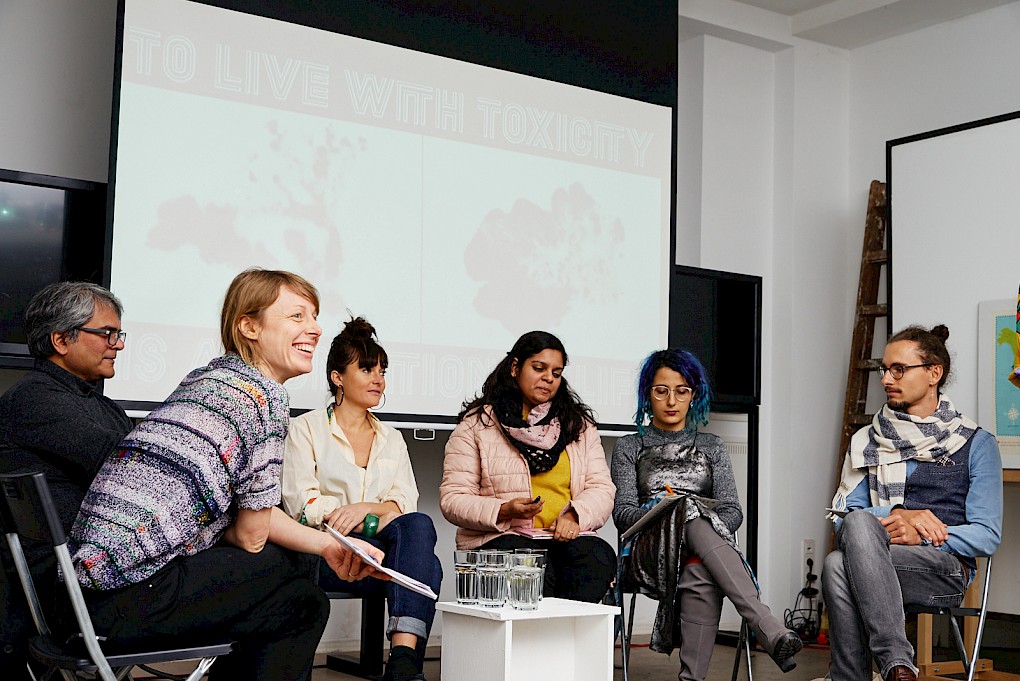
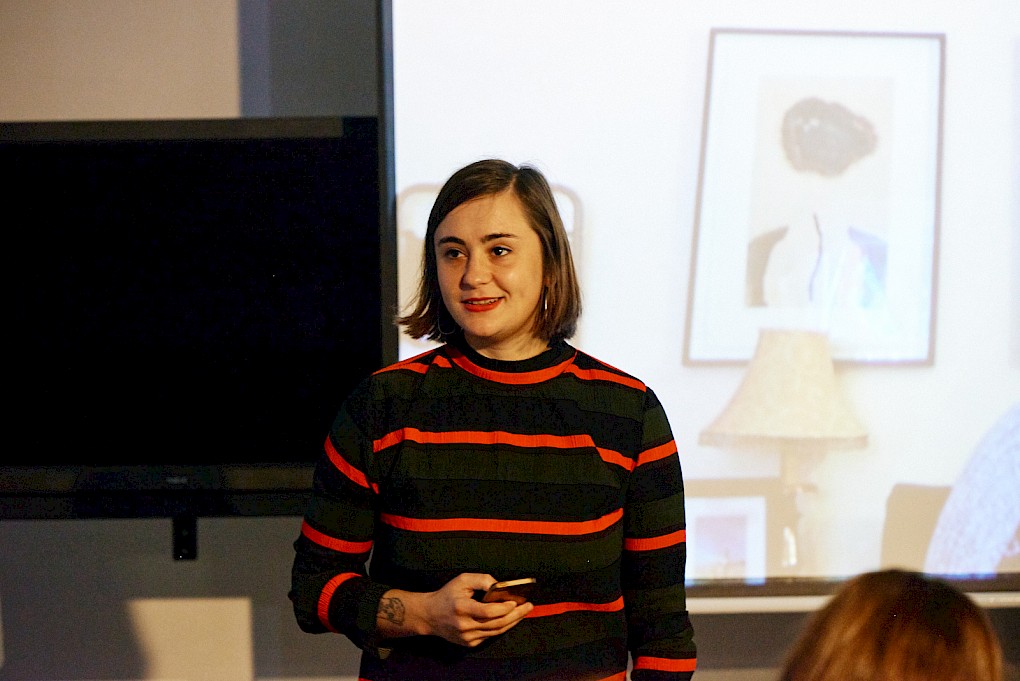
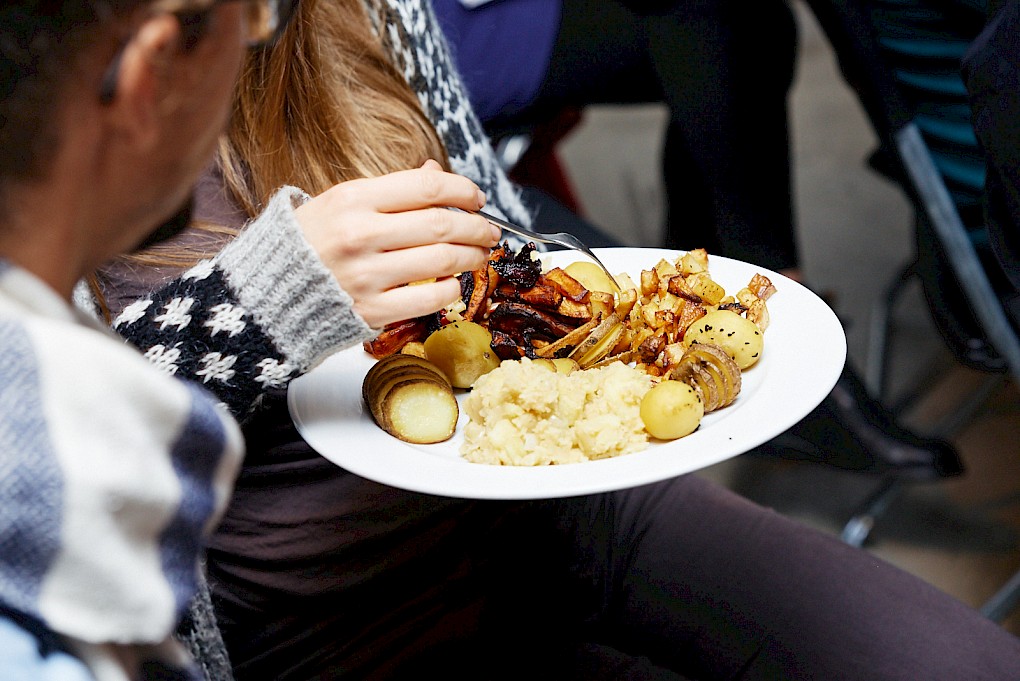
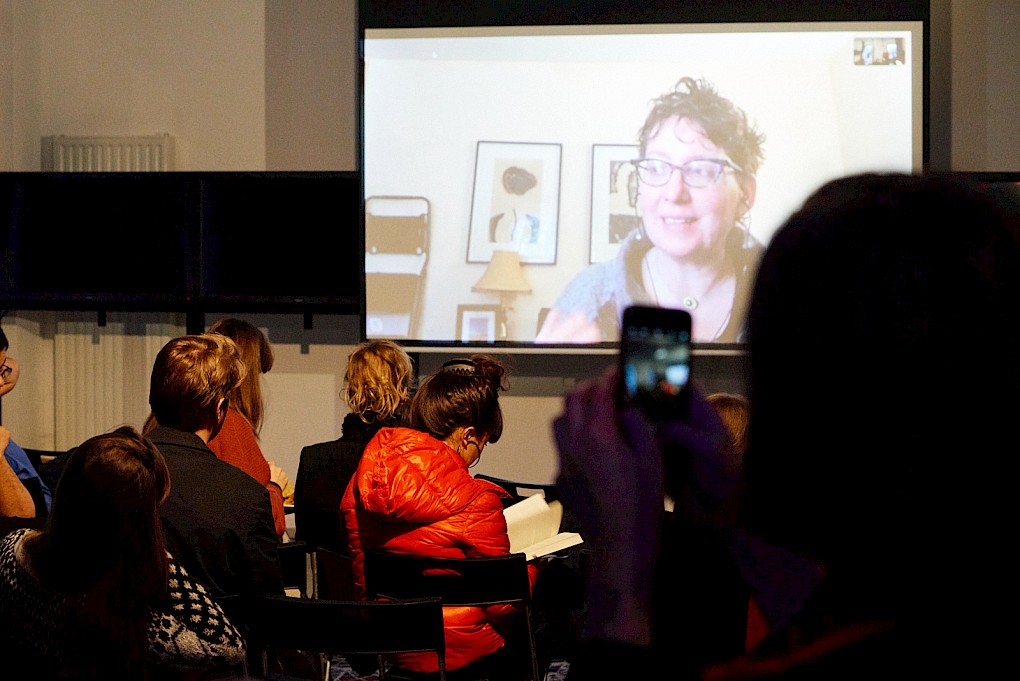
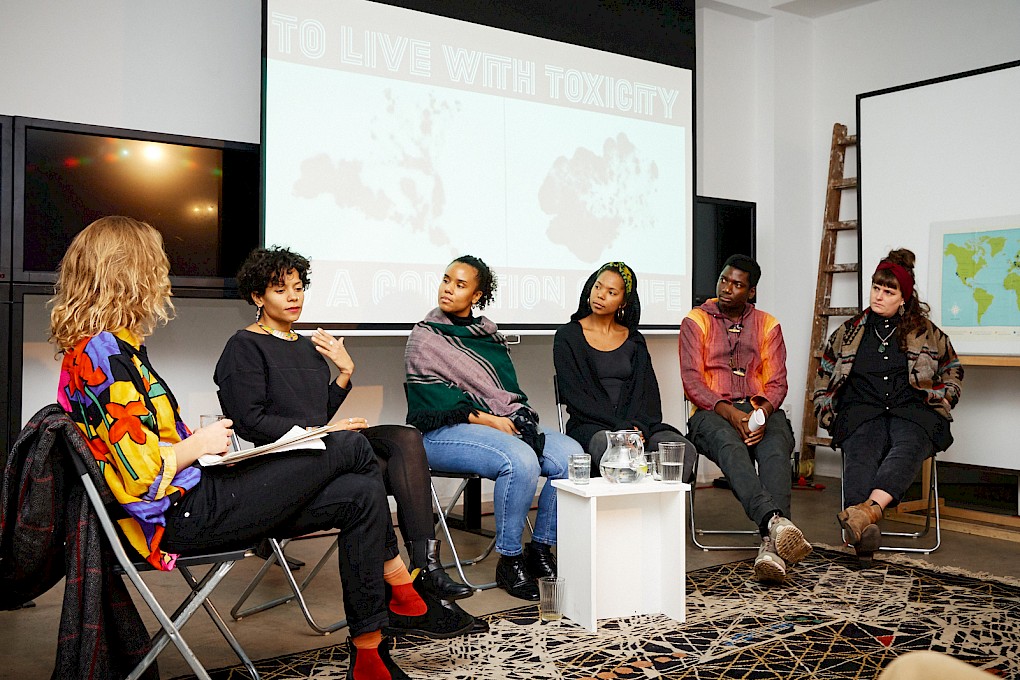
Schedule
| 08.11.2019 | AT SAVVY Contemporary |
TO LIVE WITH TOXICITY IS A CONDITION OF LIFE | |
| 11:00 | Josh Lepawsky (Discard Studies) Toxicity, Knowability, Accountability WORKSHOP [Details below] |
| 13:00 | Lunch |
| 14:00 | Ayushi Dhawan and Maximilian Feichtner (Hazardous Travels), Jessika Khazrik, Shuddhabrata Sengupta (Raqs Media Collective) and Franziska Pierwoss On Trade-Offs, Maintenance and Redistribution of the Toxic PANEL DISCUSSION I |
15:40 | Alexis Shotwell with Jasmina Al-Qaisi What Might it Mean to say That Food is a Relationship? LECTURE & EATING |
16:30 | Imeh Ituen and Rebecca Abena Kennedy-Asante (BPoC Environmental and Climate Justice Collective), Moro Yapha (Wearebornfree! Empowerment Radio), Kate Sagovsky (XR Extinction Rebellion), Emilia Roig (Center For Intersectional Justice) Against the Toxic: Acts of Disobedience, Interdependence and Vulnerability PANEL DISCUSSION II |
| 18:00 | Break |
| 19:00 | Hyoung-Min Kim and Gabriel Galindez Cruz I am not on the Blacklist PERFORMANCE |
| 09.11.2019 | At Kuppelhalle / silent green Kulturquartier |
| EVERYWHERE'S A HERE, ISN'T IT? A day that will spill into night with performances, talks, concerts and durational acts with soils and winds, asking us to pause, listen and sense the kaleidoscopic dimensions of the toxic. | |
Durational | |
| 11:00– 15:00 | Aerocene Community Weather-Dependent Float AEROSOLAR SCULPTURES and MUSEO AERO SOLAR [Exact timing will depend on the weather conditions, please look out of the window in search of the sun and venture out to feel the strength of the breeze (we will need heat and low winds to make this happen) or follow our FB page for live updates.]] |
17:00– | Stephan Thierbach Der Schweiß der Erde PERFORMANCE |
15:00 | Antonia Alampi and Caroline Ektander Welcome & Introduction |
15:15 | Simone Müller Hidden Externalities. On the Globalization of Hazardous Waste LECTURE |
15:50 | Yolanda Adriane Collins Colonial Residue LECTURE |
16:25 | Ida Bencke (LAE) Soft Openings and Transcorporeality: Caring for Encounters Performance Reading |
16:35 | Liping Ting Licht Leuchten III PERFORMANCE |
17:10 | Alex Zahara What is Containment? LECTURE |
17:45 | Angela Flournoy Domesticated Paradise: Climate and Community in Southern California READING |
18:20 | Tomás Saraceno with Antonia Alampi ARTIST TALK |
18:50 | [BREAK] |
19:00 | Hulda Rós Gudnadóttir Ocean Glory MULTI-MEDIA PERFORMANCE |
| 19:00 | Hyoung-Min Kim and Gabriel Galindez Cruz I am not on the Blacklist PERFORMANCE [in the SAVVY.doc] |
19:35 | Ida Bencke (LAE) Soft Openings and Transcorporeality: Caring for Encounters Performance Reading |
19:45 | Françoise Vergès When Breathing is a Revolutionary Act LECTURE |
20:20 | Latedjou Língua Livre CONCERT |
20:55 | Raqs Media Collective The Toxicity of Measure PERFORMANCE LECTURE |
21:30 | [BREAK] |
21:55 | Matana Roberts Untitled no. 1 CONCERT |
22:20 | Edna Bonhomme The Afterlives of Chronic Toxicity PERFORMANCE LECTURE |
22:55 | Ivan ‘Ivy’ Monteiro Mother The Verb PERFORMANCE |
23:30 | (The Forest Curriculum) Pujita Guha and Abhijan Toto Against Apocalypse Lecture |
00:05 | Jessika Khazrik Mount Mound Refuse PERFORMANCE |
The programme on Saturday will be livestreamed on our Facebook page. |
Workshop
08.11.2019 11:00–13:00 Josh Lepawsky (Discard Studies) Toxicity, Knowability, Accountability
What is knowable about distributions of toxicity when it comes to digital technologies? And, what do the possibilities and limits of that knowledge mean for accountability?
The miniaturization of electronics over the last few decades has been achieved in part by producing chemical discards that, in terms of relative size, might be usefully conceptualized in terms typically reserved for astronomy. Just as the Sun is orders of magnitude larger than Earth, so too are the discards of electronics, chemical and otherwise, orders of magnitude larger than the electronics systems from which they are externalized. The workshop will further examine these and related themes in practice with materials. Here we will work together to disassemble actual digital devices, research their brandings and components, and map some of their distributions. Tools, hands, and minds will work together in the arts of noticing what can, and cannot, be known about these devices. The workshop will provide a jumping off point for discussion of what the possibilities and limits of such knowability (and unknowability) mean for various forms of accountability.
The workshop is open for everyone, if possible, please bring an old phone to disassemble.
Please register at communications@savvy-contemporary.com if you'd like to participate.
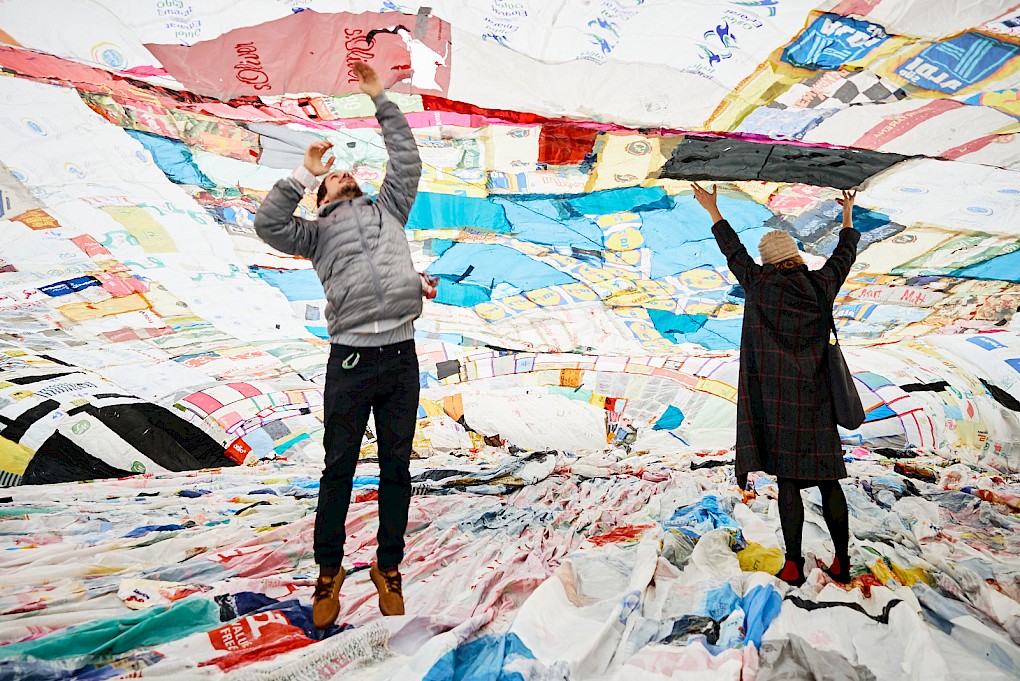
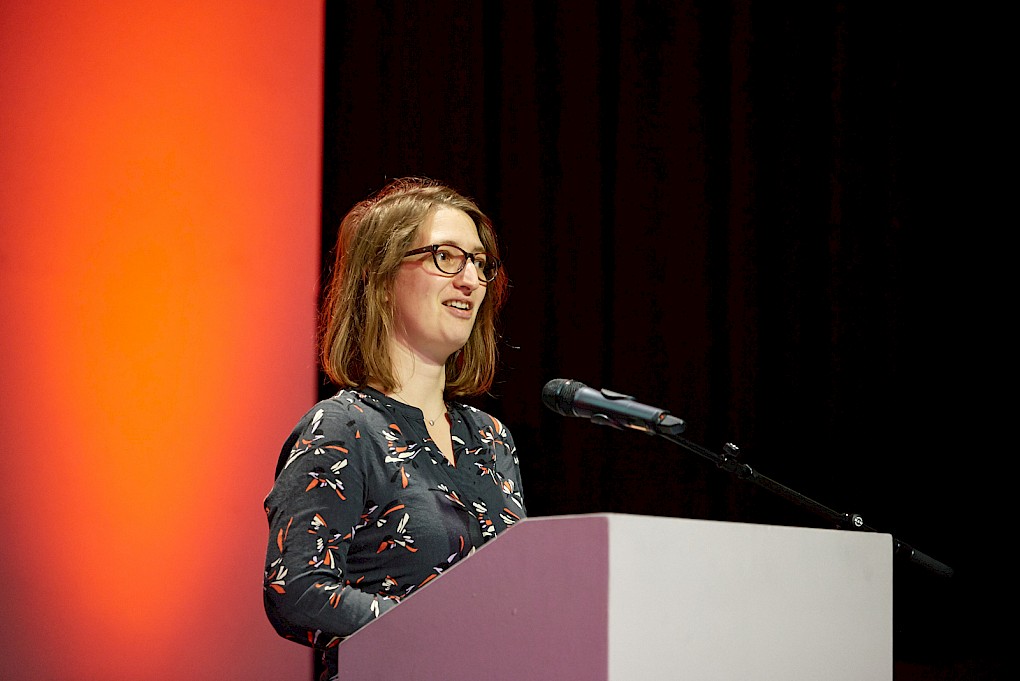
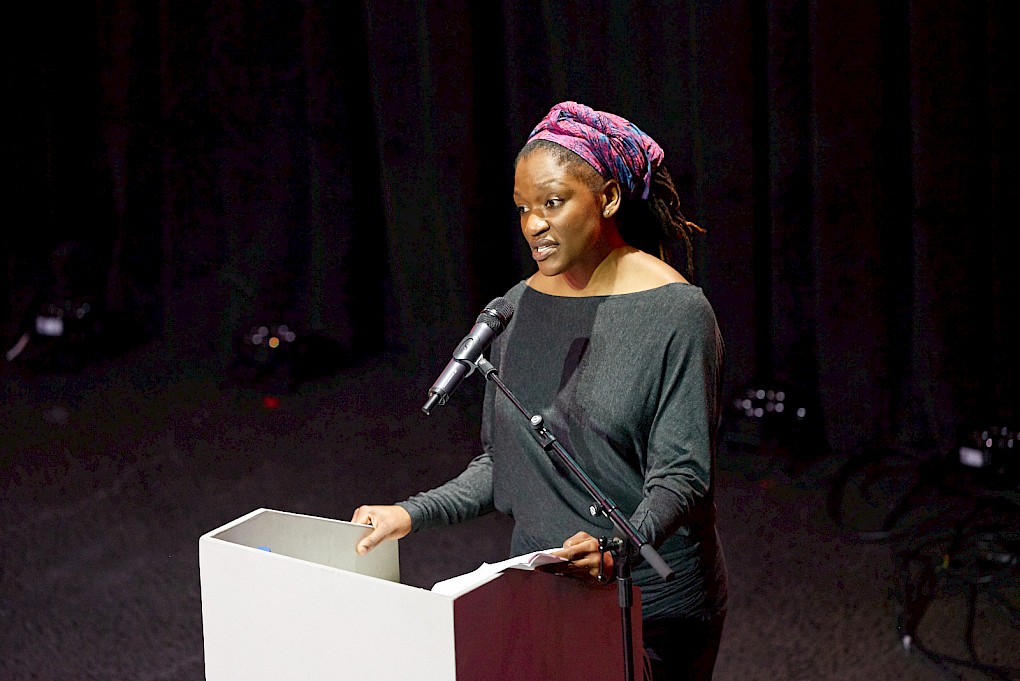
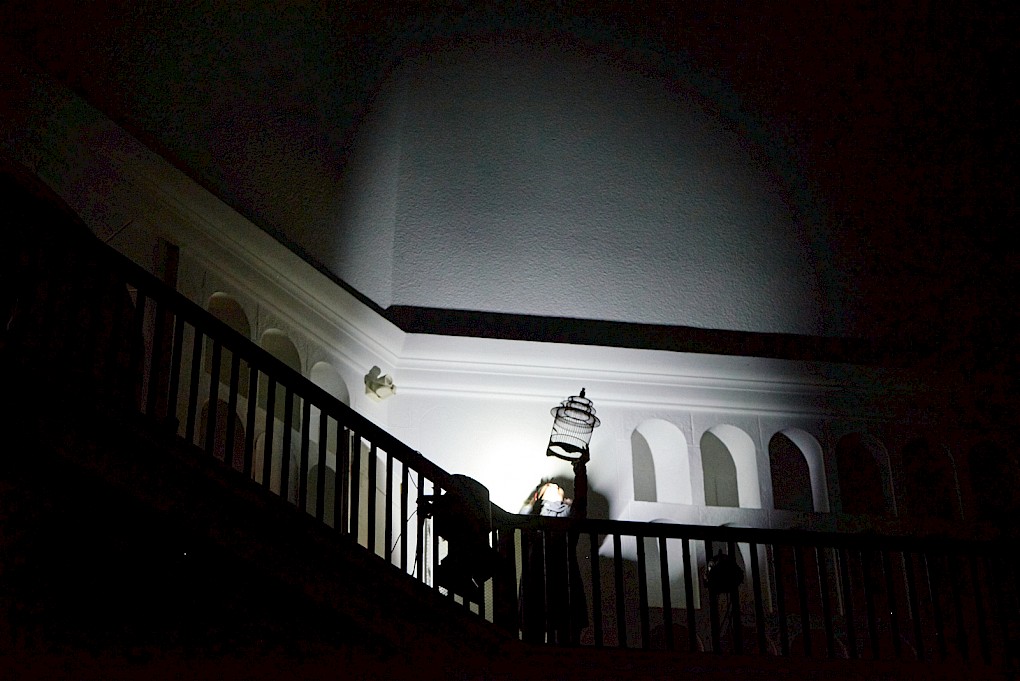
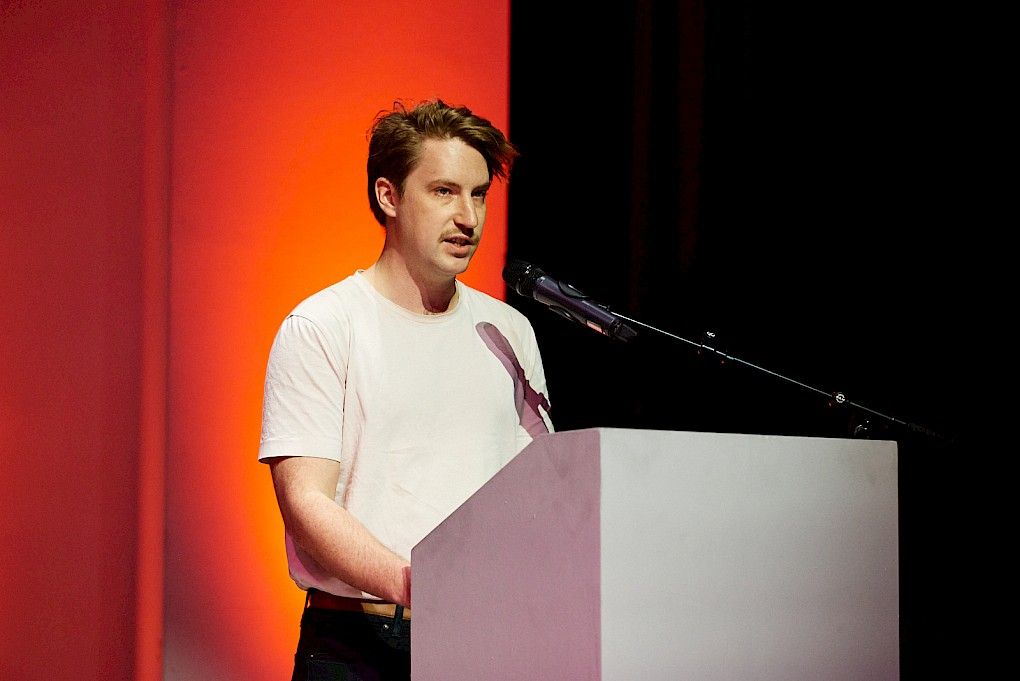
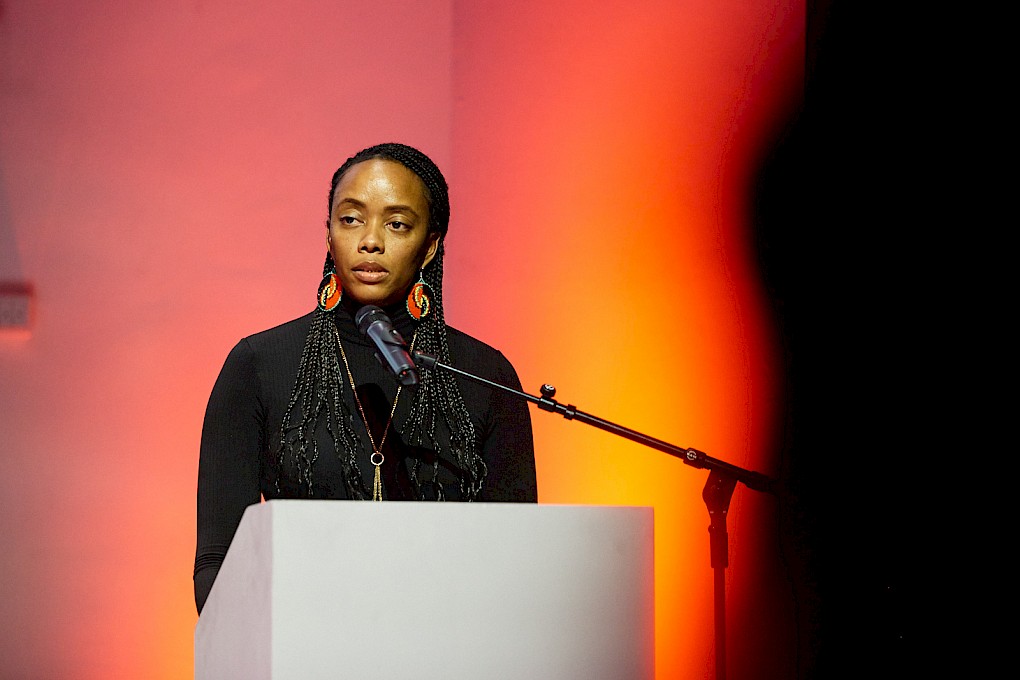
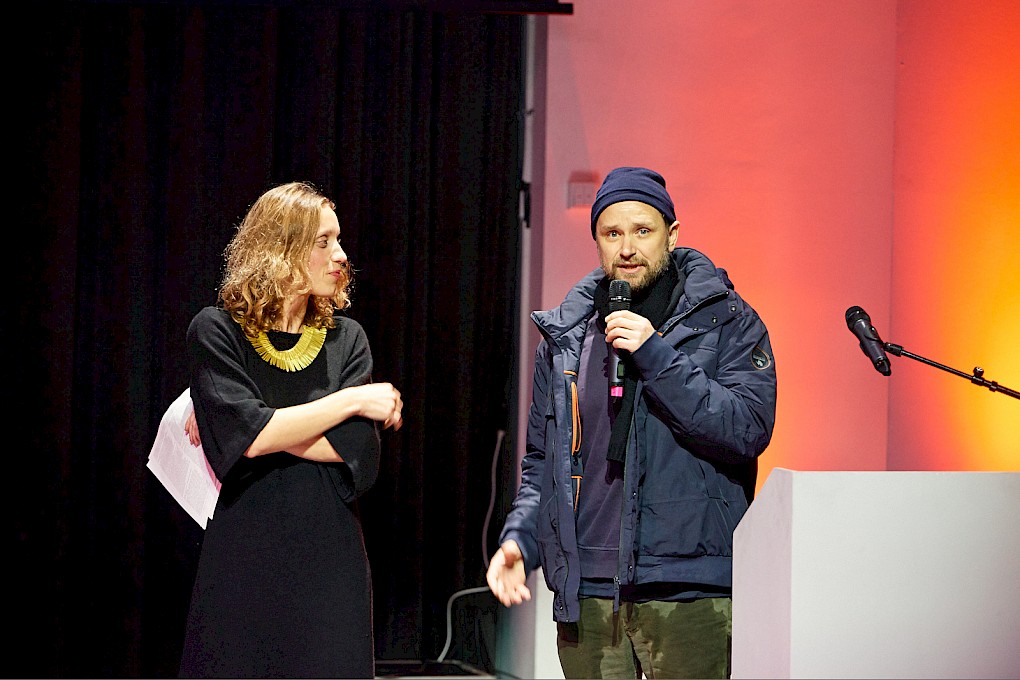
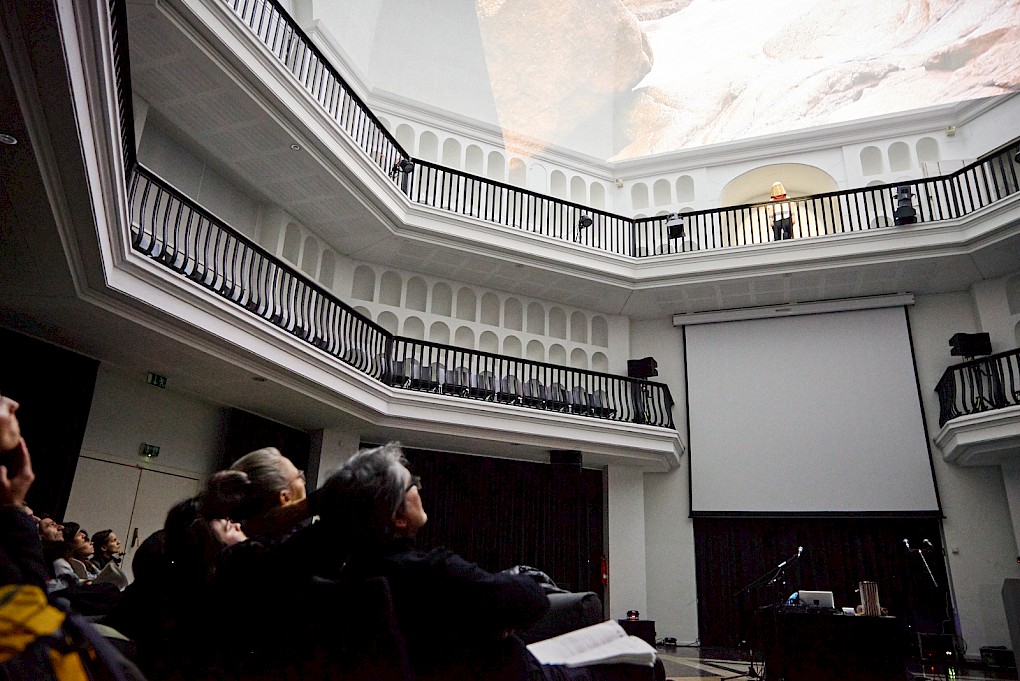
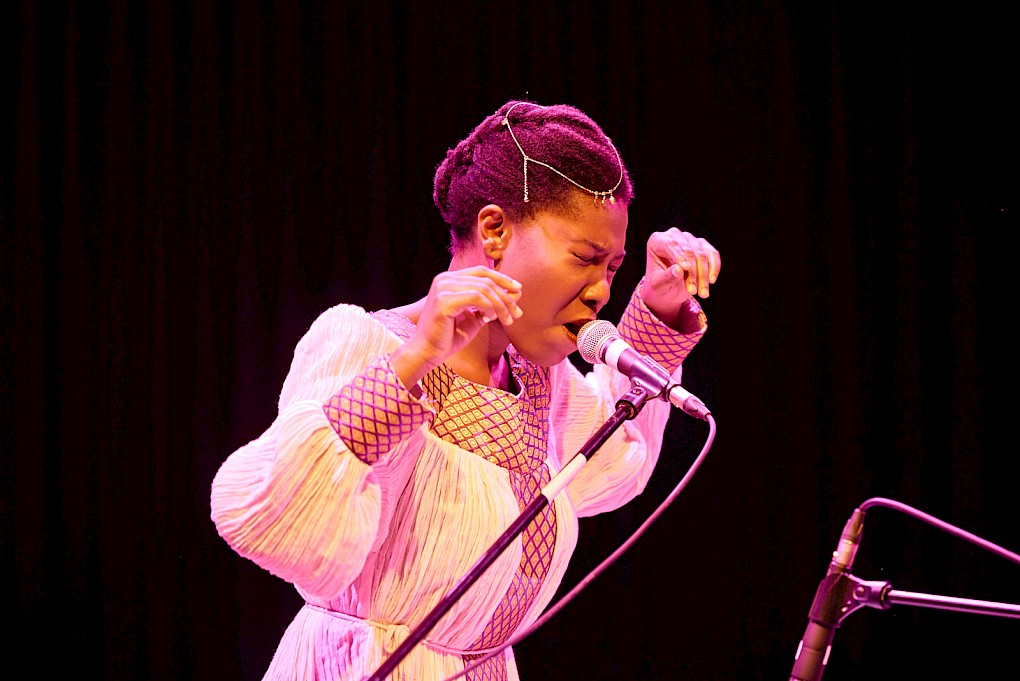
"They were slow changes compared to anything that might happen here, but it took a plague to make some of the people realize that things could change."
"So?"
"Things are changing now, too. Our adults haven't been wiped out by a plague so they're still anchored in the past, waiting for the good old days to come back. But things have changed a lot, and they'll change more. Things are always changing. This is just one of the big jumps instead of the little step-by-step changes that are easier to take. People have changed the climate of the world. Now they're waiting for the old days to come back."
We cordially invite you to the public program of THE LONG TERM YOU CAN NOT AFFORD. ON THE DISTRIBUTION OF THE TOXIC which addresses environmental injustice through the lens of the toxic and the discrimination surrounding its production and circulation, all deeply rooted in historical structures. The Invocations program comprises a series of performances, film screenings, talks and round-table discussions, workshop, and sonic interventions, which bring together artists, writers, academics, activists, filmmakers and musicians involved in this subject.
We aim to question the matrix of shared accountability and find out what possible actions and mobilizations could constitute long term affordability, and lead us not only to reduce production but also to redistribute the painfully unequal presence of the toxic. How can we form interdependent networks of disobedience that stem from a position of listening and care rather than non-egalitarian codependency and reactive sympathy?
The toxic trade-off inherent in exploitative and abusive processes of extraction, production, and disposal lie at the heart of the changing nature of the ecosystems to which we now belong – with millions of metric tons of synthetic materials, pesticides, heavy metals, and chemicals released and circulated every year. Structural inequalities on a global scale permit for some lives to remain relatively untouched by toxic proliferation through systems of “externalisation” (Stephan Lessenich) whilst many reside in high concentrations and lethal exposure on a daily basis out of mere necessity of survival. The new age of toxicity is “a condition that is shared, but unevenly so, and which divides us as much as it binds us” (Michelle Murphy).
The concentration of our collective effort is neither to pick apart and sort into commonsensible categories, nor is it to demonize, point fingers, or catalyze an indigestible sense of paralyzing guilt about the state of the world. Rather, our aim is to open up a space for an artistic and critical registry that encourages us to pause and sense the toxic presences and textures otherwise, to acknowledge and mourn its ongoing victims, and to listen to the movement of its shadows. In so doing, we hope to shift sensibilities away from one of paranoid containment and fear, to an outlook fueled by reflexivity and nuance, and to nurture the act of noticing how actions on the most intimate scale are closely tied to the global – as everywhere is ultimately a here. In a time particularly plagued by simplifications and a desire for purity, it is vital to exhort to fight against the vicious machinations that have led to this current state of affairs and to do all that is possible to escape the deplorable conditions they keep producing: from small everyday actions to spectacular mobilizations, from swift responses to strategic and sustained engagement. At the heart of every move lies the impetus to foster new political subjects, that keep on growing, however painful, deep from the past and into the future.
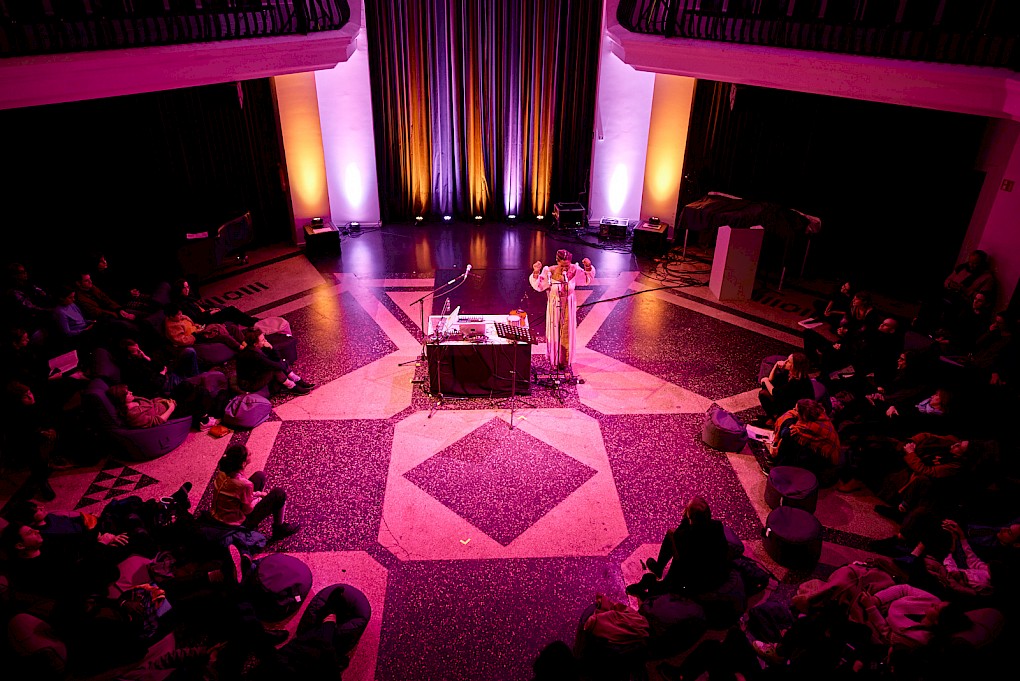
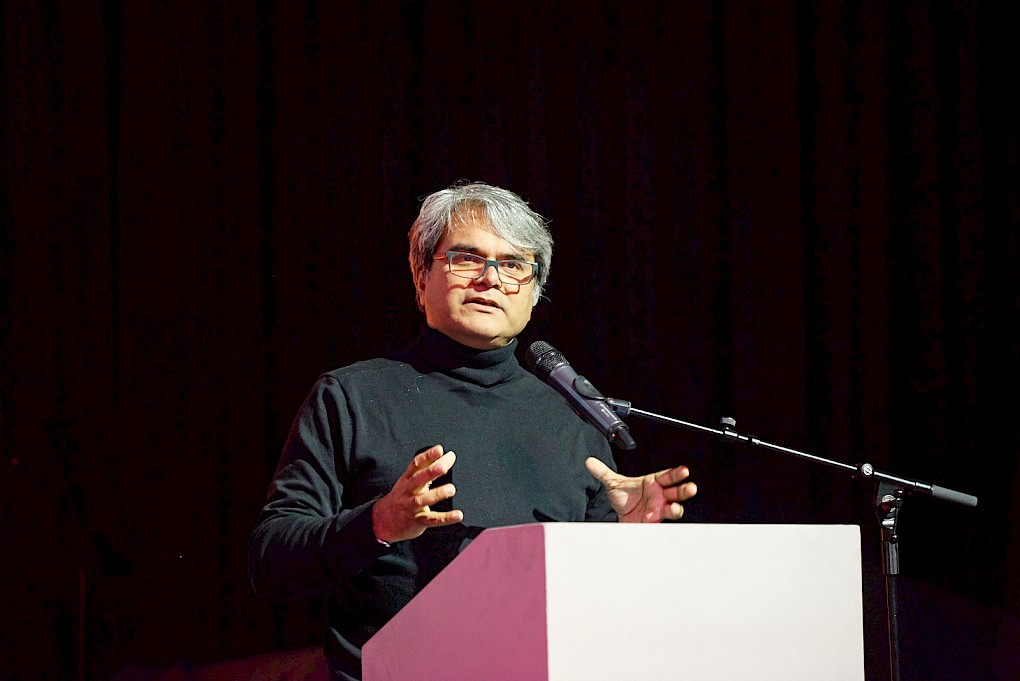
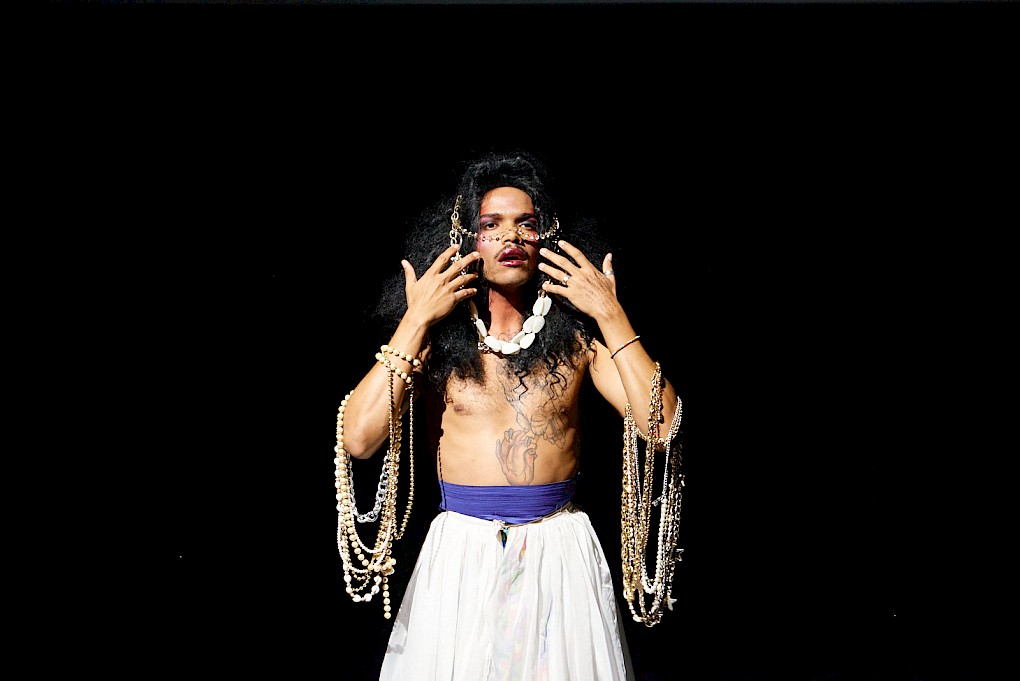
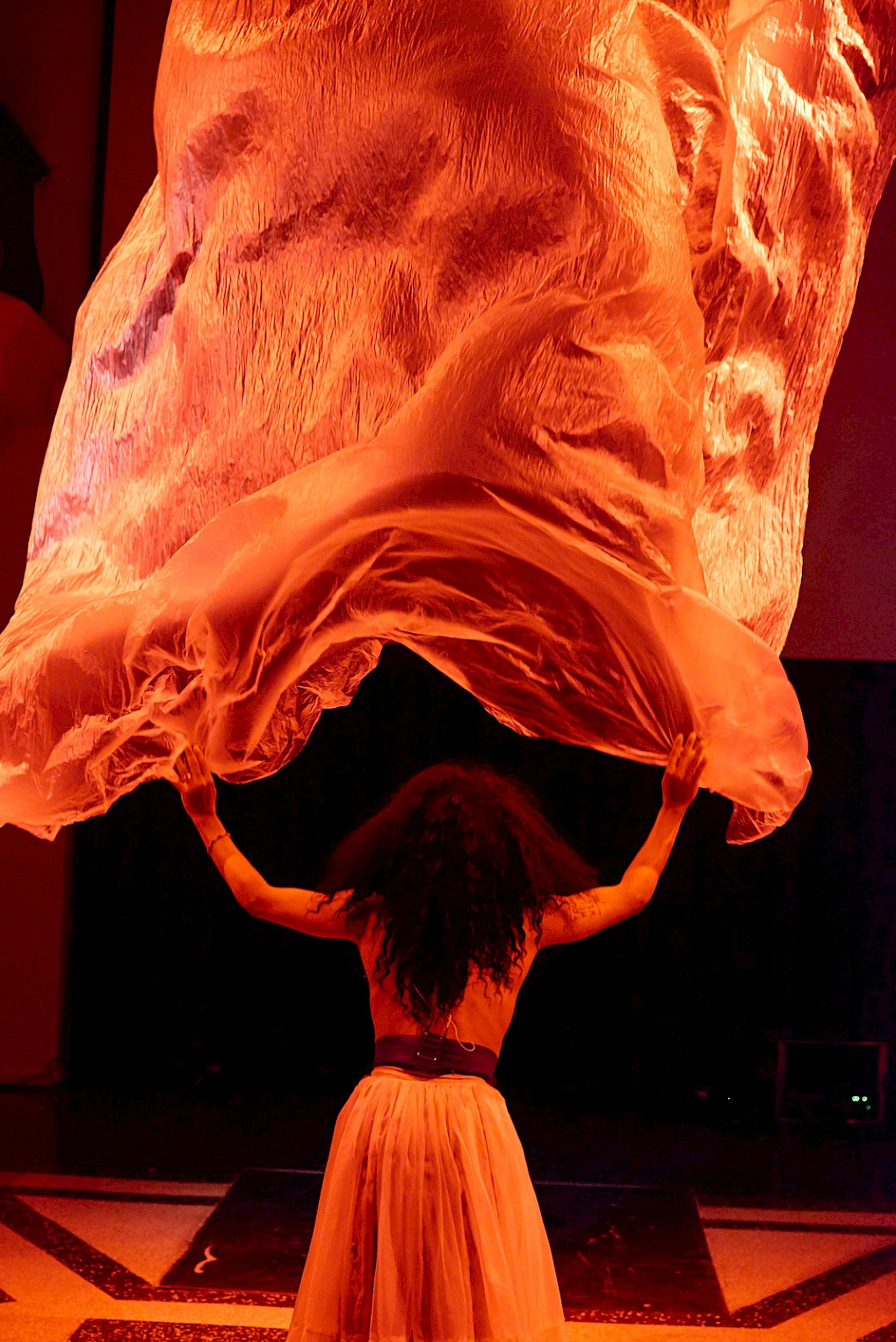
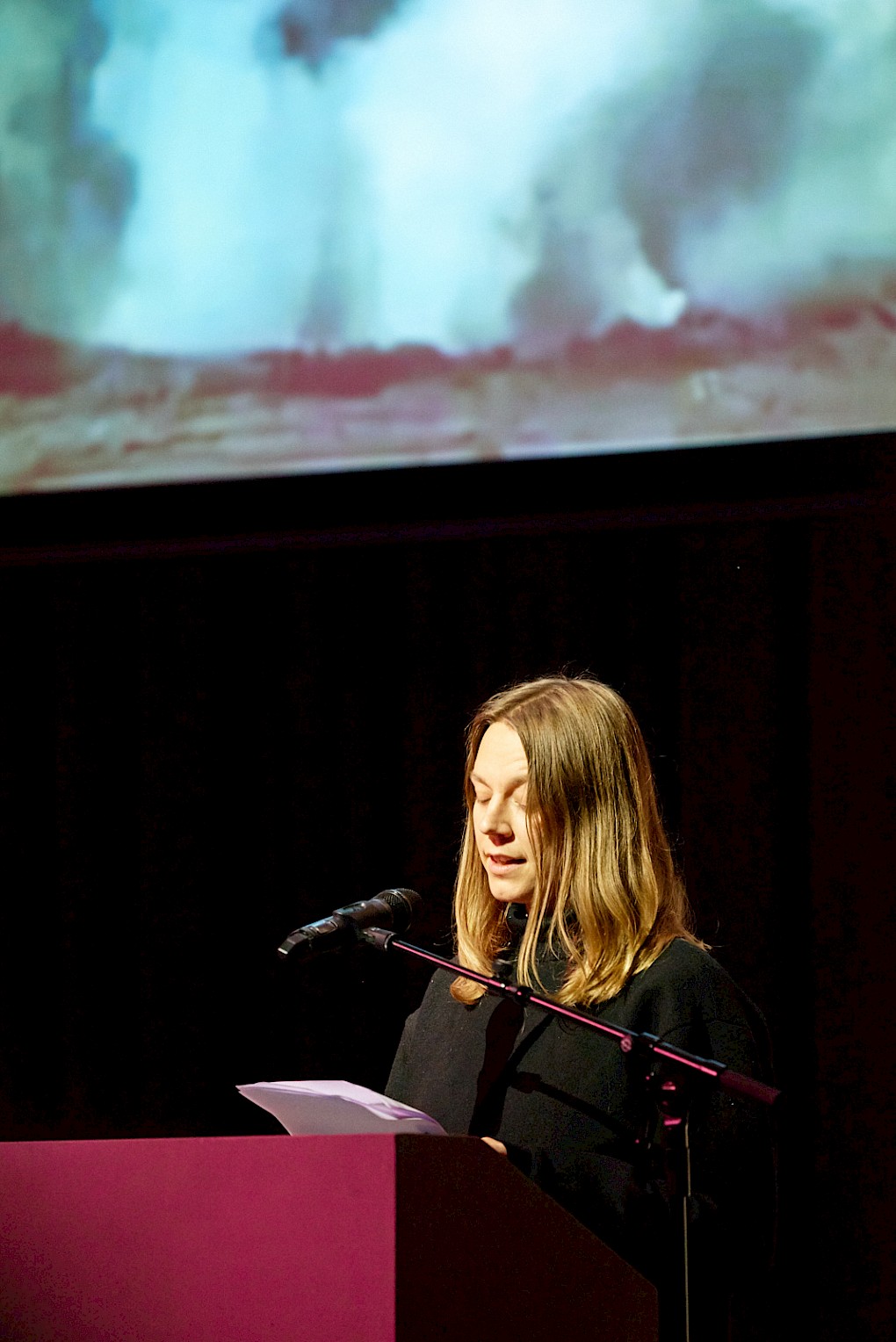

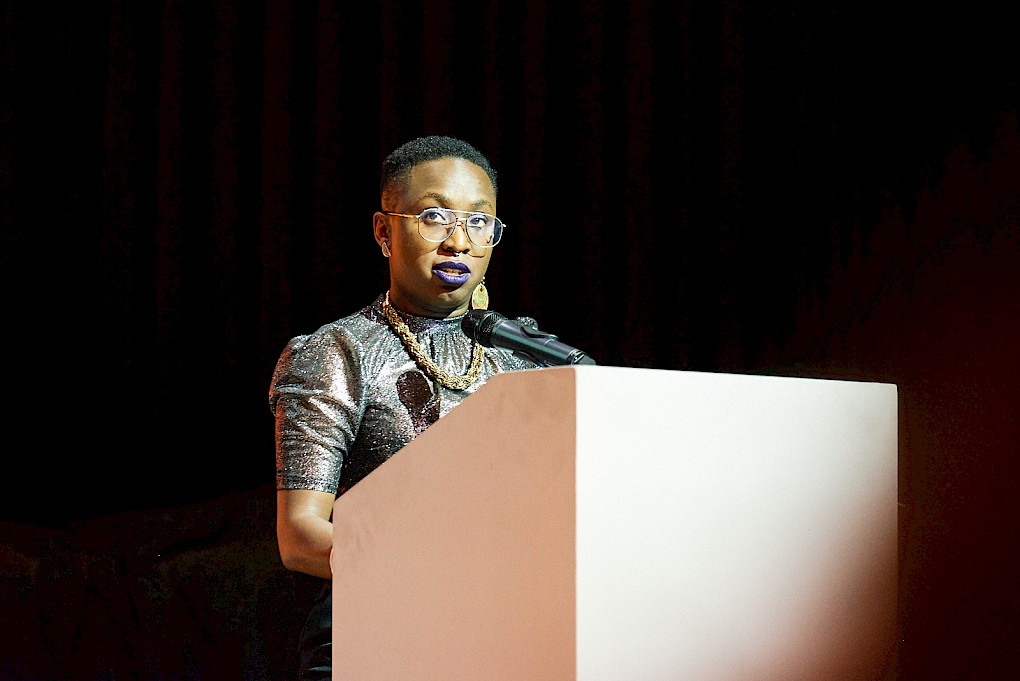
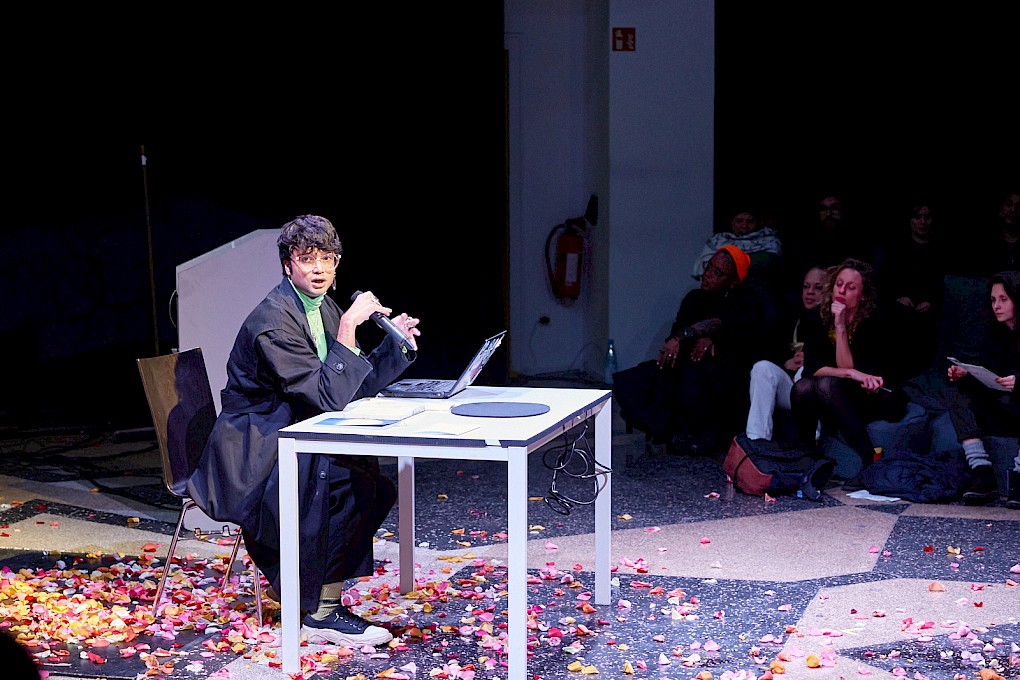
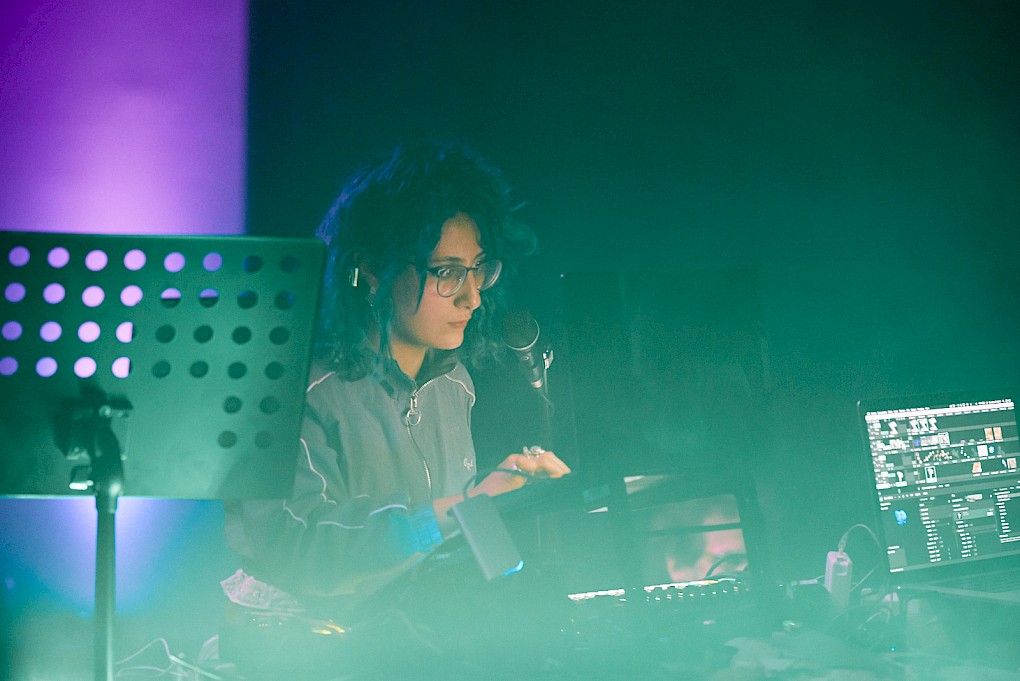
CURATORS Antonia Alampi, Caroline Ektander
CO-CURATORS Jasmina Al-Qaisi, Kamila Metwaly
ARTISTIC DIRECTOR Bonaventure Soh Bejeng Ndikung
PROJECT TEAM Monilola Ilupeju, António Pedro Mendes, Ola Zielińska
CURATORIAL ASSISTANT Mahnoor Zehra Lodhi
MANAGEMENT Lema Sikod, Lynhan Balatbat-Helbock
COMMUNICATION Anna Jäger
GRAPHIC DESIGN Elsa Westreicher, Lili Somogyi
SOUND ENGINEER Kay Bennet Kruthoff
Live Stream Boiling Head
THE LONG TERM YOU CANNOT AFFORD. ON THE DISTRIBUTION OF THE TOXIC is the third chapter of our longterm investigation THE INVENTION OF SCIENCE.
The project is funded by Hauptstadtkulturfonds and the Foundation for Arts Initiatives.
Jonas Staal's new commission redistribute toxicity has been made possible through financial support from the Mondriaan Fund. The contribution by Christian Danielewitz and Anu Ramdas was made possible through the support by the Danish Arts Foundation. He Xiangyu's participation has been generously supported by White Space Beijing. Abhijan Toto’s participation in the Invocations program is generously supported by the Goethe-Institut / Max Mueller Bhavan Kolkata. Hira Nabi's participation is generously supported by the Goethe Institut Pakistan. Hulda Rós Gudnadóttir's new video work has been made possible through a funding from The Visual Arts Fund Iceland. The performance of Matana Roberts has been generously supported by the DAAD Artists-in-Berlin Program. Hyoung-Min Kim and Gabriel Galindez Cruz's performance I Am Not On The Blacklistis presented together with Tanzfabrik Berlin in the frame of OPEN SPACES. It is kindly supported by the Berlin Senate Department for Culture and Europe.
VISUAL Quote: Raqs Media Collective; Bild: Joint Task Force One, Operation Crossroads: the Official Pictorial Record, 1946, p 216; Design: Elsa Westreicher


